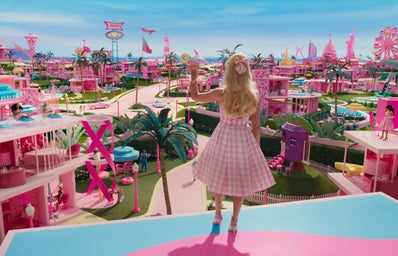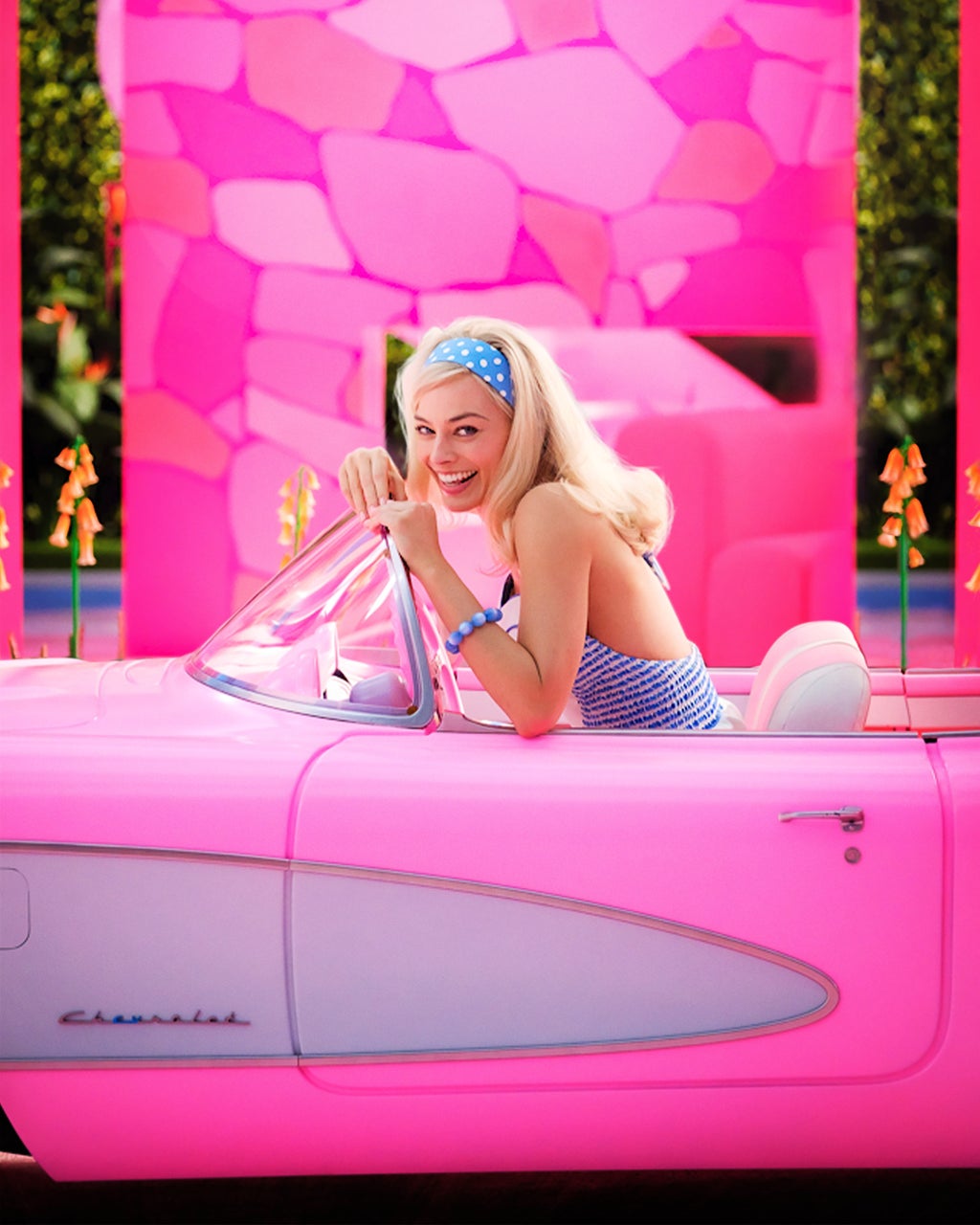Barbie hasn’t just been a box office phenomenon but has delivered incredible performance across mass media. Wearing pink has become a success never seen before, as Barbiecore, the new trend, changed the style and dynamic of fashion over the last few months.
Companies and multimedia platforms took advantage of the movie’s success to promote their own brands. And after so many efforts to highlight women’s rights, Barbie naturally shared this main message to at least a billion people and put the topic in the spotlight.
As the film is approaching its final days in theaters, we can already imagine how difficult it is going to be for another production to achieve these results and make such an impact in the way society consumes its products. However, that is not impossible.
how Barbie became a success
For a decade, the most popular films were mainly about the universe of superheroes. The immense success of this kind of movies had an important impact in pop culture, as not only were the fans reached by the comics, adaptations for screen and related products, but it surpassed the mainstream media to become massively popular.
Besides, many attempts of different movies, even other kinds of media, like music, artists, sporting events, had failed to become that influenceable. Among the only few that get it is Barbie. Nowadays, Marvel and DC are suffering with criticism by their own fans and in box offices, Barbie came in strong with an innovating style of storytelling and proposed something most of the other productions fear: accepting the difference and creating originality.
Renata Alcalde, marketing professor at ESPM, explained that success and its impact in society:
“This film mobilized the public to dress in pink to manifest the power of femininity. The plot itself brings a message about changing our perspectives and the importance of breaking limiting beliefs, but unlike other productions, Barbie transformed this story into a big event.”
By making a critical satire about the gender rights discrepancies, Greta Gerwig, Margot Robbie, and the whole team took the risk of proposing an atypical way of telling a message already addressed on screens other times. And it paid off paid off, Barbie has already the biggest box office of Warner Studios in 2023 with more than US$ 1 billion, alongside with all the spontaneous marketing it generated for Mattel and other related companies.
“We never know for certain what is going to be the impact of a movie in media before it is released, but when a brand like Barbie decides to make a story, it catches the attention of the public. The marketing team used that attention to produce contents in social media, thinking about generating spontaneous engagement from the public, who were actively participating.”
Since Warner started promoting the film, Margot Robbie and other members of the cast appeared wearing pink or classical looks inspired by the doll. This attracted many people to pay attention more closely to what was happening and rekindled a famous trend from the previous year called Barbiecore. It consisted of using looks with Barbie’s aesthetic. It became fashionable to dress in pink on social media. And intentionally or not, people started promoting the movie spontaneously as making a post about anything related to Barbie increased their chances of becoming viral or even getting some fame.
Another marketing strategy that must be recognized is the intentional release in the media of grandiose opinions by their own cast and producers about the film’s plot. They promised it would be the biggest movie they had ever seen or been a part of. This caught the eye of spectators all around the world, that asked themselves how a movie about a doll could be that successful. Well, now they know.
What can we expect of mass media marketing?
Looking at Barbie’s case, we can understand the social media’s power of putting a new production or event in the highlight. But it is not that easy for things to become viral, and at least the subject must be already known by a mainstream public to have this potential. To conquer a mass and influence it to act or consume in some way is a study that could take long hours but is all headed to one key: communication.
The public must understand and feel understood to be affected by media. Comic books, toys, games were all part of people’s days at some point of their lives, so making a production inspired by it increases the chances of it making a good profit and having a spotlight in media marketing.
“In the case of Barbie, the doll is part of an emotional memory for many people. A curious fact is that she has always shown as a doll that she could represent all women in different professions and aspects, which put in perspective an important debate about girls being able to do whatever they want. The film has just been released to show what already the doll was selling.”
Now, the media is starting to follow a pattern of remembering things that were successful in the early days to make a connection with the public that misses the old times and wants to be nostalgic once again. Dua Lipa’s album – Future Nostalgia – is all about that, with singles that capture the vibes of the 90’s without missing the vibes of nowadays. The new Hunger Games can bring back the nostalgia of the first trilogy as it comes out in November. Wonka, starting Timotheé Chalamet, enters the same list. Even Barbie made it when bringing references of the doll’s famous universe.
Mattel Studios is planning to transform many of their nostalgic toys into films, creating their own cinematography universe. For the next years, we are expected to see Barney, Hot Wheels, Polly Pocket and even Uno in the theaters. Barbie was just the first project of this new era of bringing back childhood experiences for the public.
So, if this is my turn to speculate, I would guess the new trend in mass media is probably going to be a nostalgic production.
———————————
The article above was edited by Fernanda Miki Tsukase.
Liked this type of content? Check Her Campus Cásper Líbero for more!



